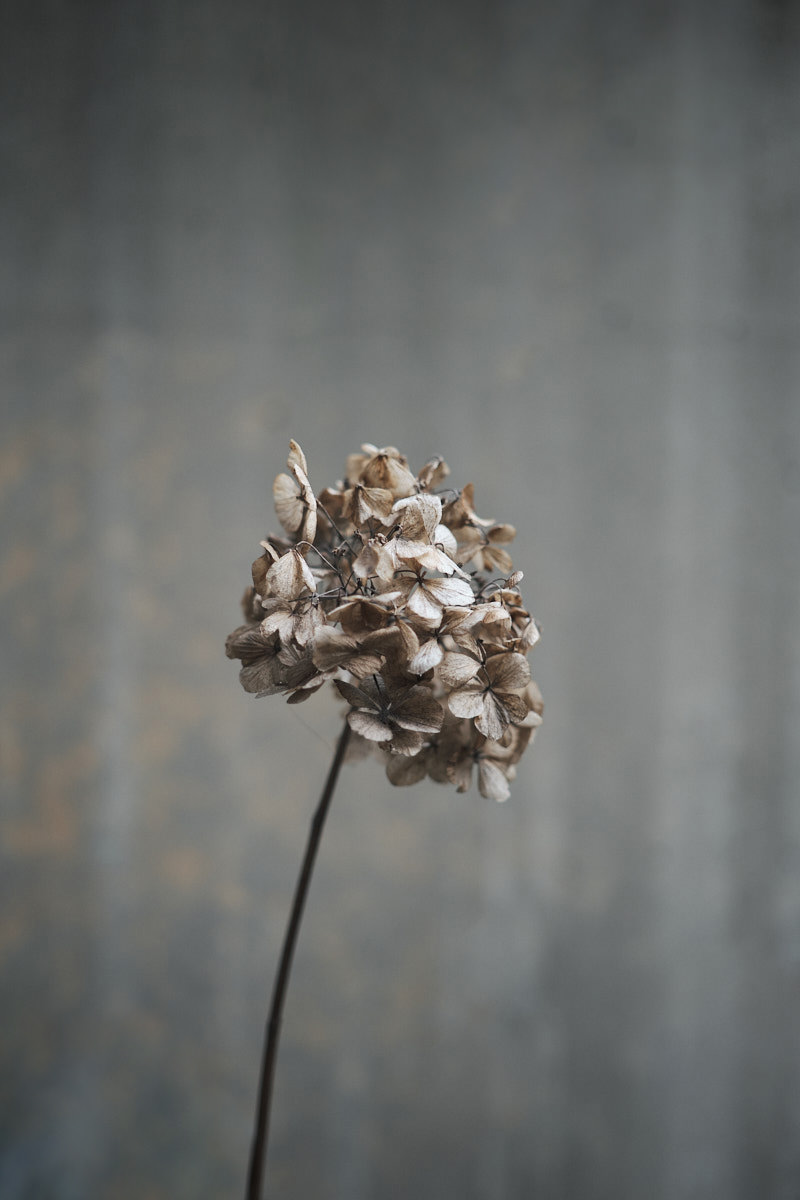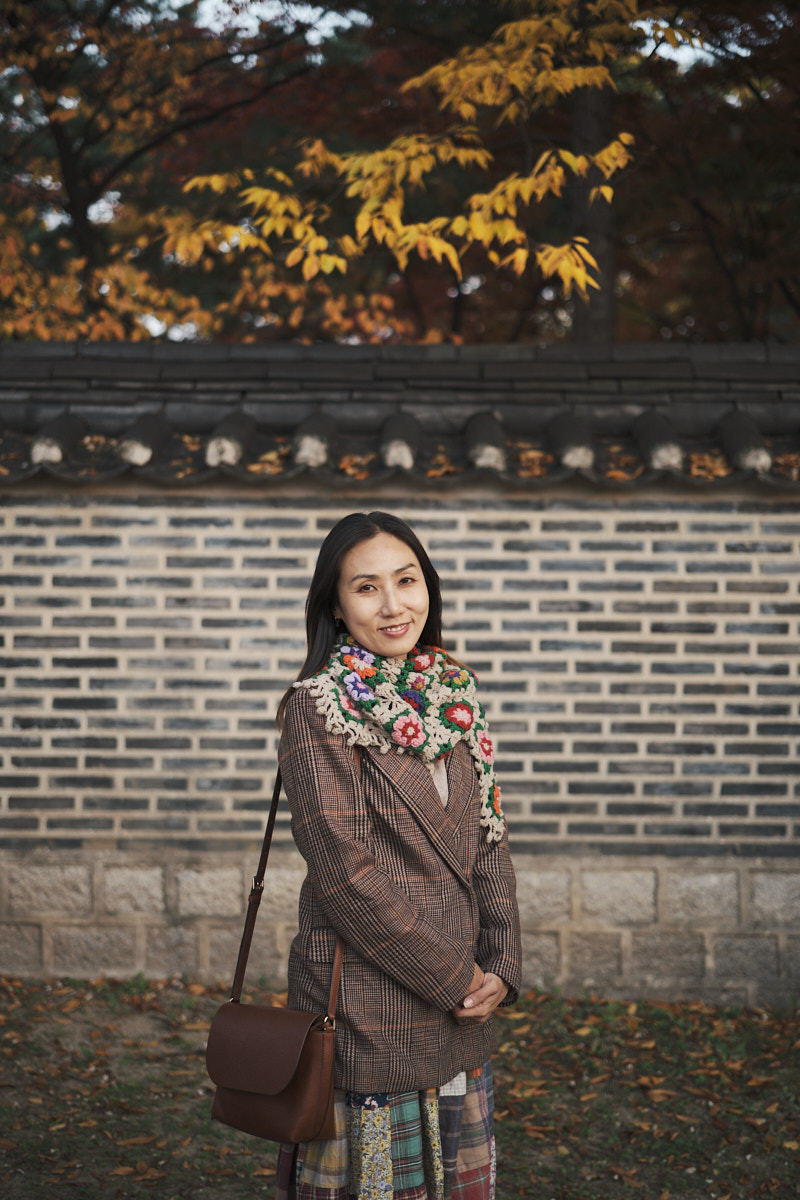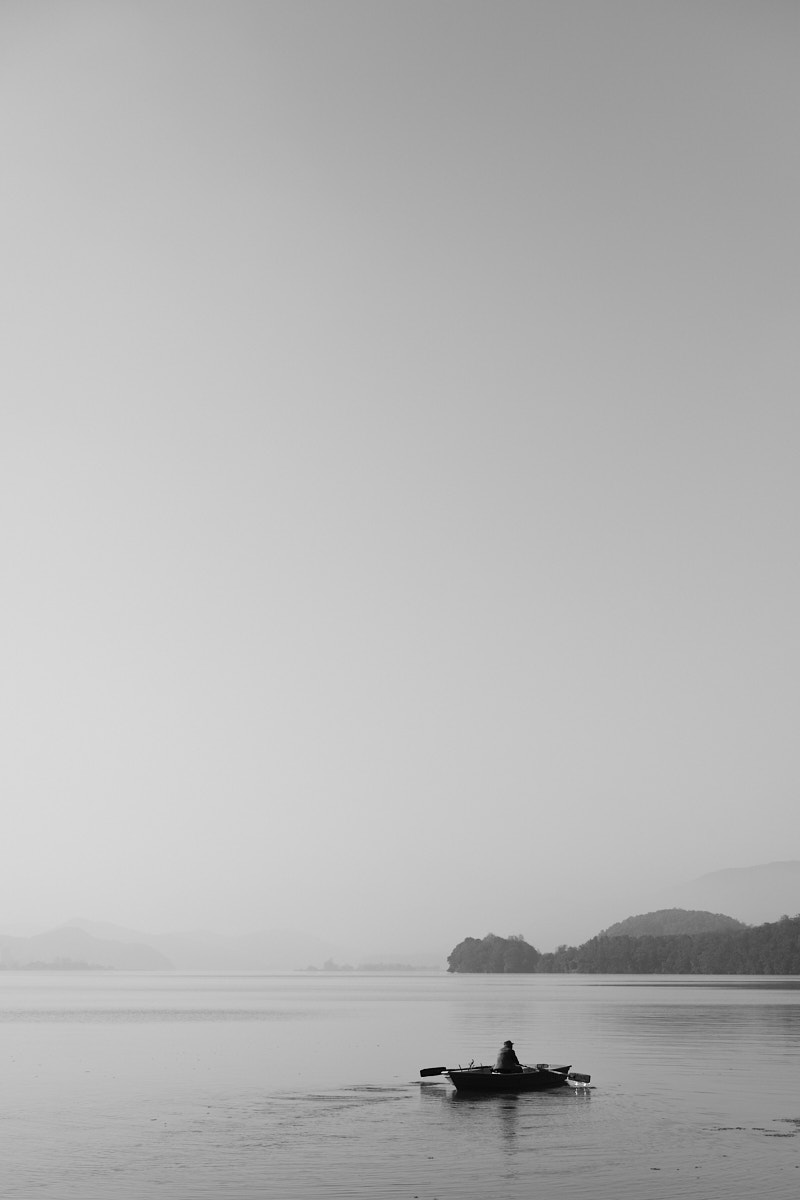Perhaps Fujifilm’s most polarising lens to date, in the sense of getting emotions flowing, not cutting out specific types of light, would be the XF35mmF1.4. It fuels the fanboyism of those who put its ‘magic’ rendering on a pedestal and the ire of those who simply want a technically perfect rendering. On top of that, its focusing motors have been roasted as being noisy and slow. Fujifilm has attempted to address all of these issues through the release of their brand new XF33mmF1.4. But how does it hold up in the eyes of someone who has been in love with the XF35mmF1.4 for the last eight years? Let’s find out!
It is important to remember that this is not the same lens as the XF35mmF1.4 and even Fujifilm has stated that it is not intended as a replacement. However, the focal length is so close that it definitely begs to be compared and it is likely that only one of these lenses will find it into most photographers’ bags. To that end, we’ll definitely draw some comparisons here.
What is the XF33mmF1.4?
This is Fujifilm’s brand new ‘normal’ lens. It doesn’t offer the perspective distortion that a wide-angle lens offers, nor the perceived compression that a long lens offers. It renders a very comfortable-looking image and is extremely versatile because of this. Being one of the new crop of “for the next 10 years” lenses from Fujifilm, it offers excellent image quality, a slightly more modern-looking design, weather sealing and spectacularly fast linear motors to drive its autofocus system.
Image quality
Fujifilm’s current crop of fast prime releases, the XF18mmF1.4, XF23mmF1.4, and XF33mmF1.4 all seem to be aimed at creating technically excellent images for the next generation of sensors in the X-system cameras. To that end, the XF33mmF1.4 does not disappoint. On the X-T4, it brings sharper and slightly higher contrast images to the table with well-corrected chromatic aberrations.
Sharpness far exceeds the performance of its older brother, the XF35mmF1.4. The centre is extremely sharp, even wide open and only gets better from there on out. By f/2.8, you’d be hard-pressed to notice much improvement as you stop down unless you’re measuring charts and not real-world performance. It is excellent.
Corners see an even bigger improvement, so for those who like to have detail around the edges of the frame, this is an excellent choice for a normal lens. From f/1.4, we see a little softness and chromatic aberration in the corners, but by around f/2.8 or f/4, they catch up significantly and provide plenty of detail.
Speaking of chromatic aberration, we see a lot less colour fringing from the XF33mmF1.4, especially as we begin to stop down. Even high contrast edges are no match for this lens. While not quite on the level of the apochromatic design of Laowa’s CF 33mmF0.95, correction is still excellent.
Rendering
Here is where the flame wars always begin with the XF35mmF1.4. But, even as a fanboy, I’ll jump out and say it. I prefer the rendering of the XF33mmF1.4. It’s not so clinical as to be boring and not so imperfect as to annoy those seeking the ultimate fidelity. Let’s dive in and see what I mean.
First up, the bokeh. The XF33mmF1.4 produces some extremely smooth out of focus areas. Gone are the jittery edges of the 35mm rendering and the fringing we saw around bright highlights. For those who enjoy a smoother, simpler bokeh, this might just be a great option. I’ve found that these differences are most noticeable in out-of-focus city lights and foliage. Check the samples below and see how you feel about it. Which do you prefer?
Secondly, Fujifilm seems to have jumped on the bandwagon with producing big, beautiful sunstars with this lens. Gone are the soft-edged, almost blurred sunstars of the first generation of primes. They have been replaced by well-defined, large sunstars. Personally, I love making use of these in my golden hour and night-time cityscape work, so this is a welcome update for me.

X-T3 + XF33mmF1.4 (1/280, f/11, ISO 3200)
Autofocus
This, as with the other lenses in this ‘refresh’, employs linear focusing motors for fast, accurate and smooth autofocusing. Anyone who has used Fujifilm’s lenses with linear motors, such as the XF90mmF2, XF16-55mmF2.8, or others, will likely understand how much of an improvement they are. While it may not be necessary for all photographers and all types of photography, the upgrades are, in a word, phenomenal.
The prime lenses in my kit are typically over the older variety, and so I have come to an understanding with them and how they behave over the years. This has enabled me to get adequate results from even the slowest autofocus motors in Fujifilm’s line-up. However, the addition of linear motors has benefited all my photography more than I had expected. This is particularly true in fast-moving family sessions and dimly lit corporate events.
When it comes to AF-S, the linear motors take the lens from end to end without you even noticing the movement. It is simply fast and silent. These two things alone might be enough to convince some of those who denounce the XF35mmF1.4 for these shortcomings. But the real kicker for me was a complete lack of hunting. The lens doesn’t suffer from the slight back and forth movement we see so commonly with lenses that employ DC coreless motors.
As for AF-C, this took a little getting used to on my part. As I said, I’ve come to an understanding when it comes to the older primes. I know exactly how they behave and have never felt a need to move the AF-C Custom Settings away from the default of SET 1. However, when it comes to the XF33mm, I found that it can behave quite erratically when using this setting. A combination of the other settings has worked for me so far, but I’m hoping to eventually dial in a setting that works for me (typically me walking backwards with a family walking towards me followed by a two-year-old deciding they’d like to run erratically around the scene – in a word: chaos). Perhaps this is also something that will be improved in a future firmware update.
In conclusion
Over the course of my month-long journey with this lens, I’ve come to love its rendering and appreciate the technical updates. While until now I was a diehard XF35mmF1.4 user, the XF33mmF1.4 has taken its place in my bag and the only time I’ve reached for the 35mm was to test it against the newer lens. With the focal length being so close, the XF33mmF1.4 has replaced the XF35mm in my bag for all of my work. Fujifilm, I am impressed.
If you’d like to see a few more samples and hear a bit more about this lens, I also have a video discussion of it up my YouTube channel. Feel free to head over and check that as well.























